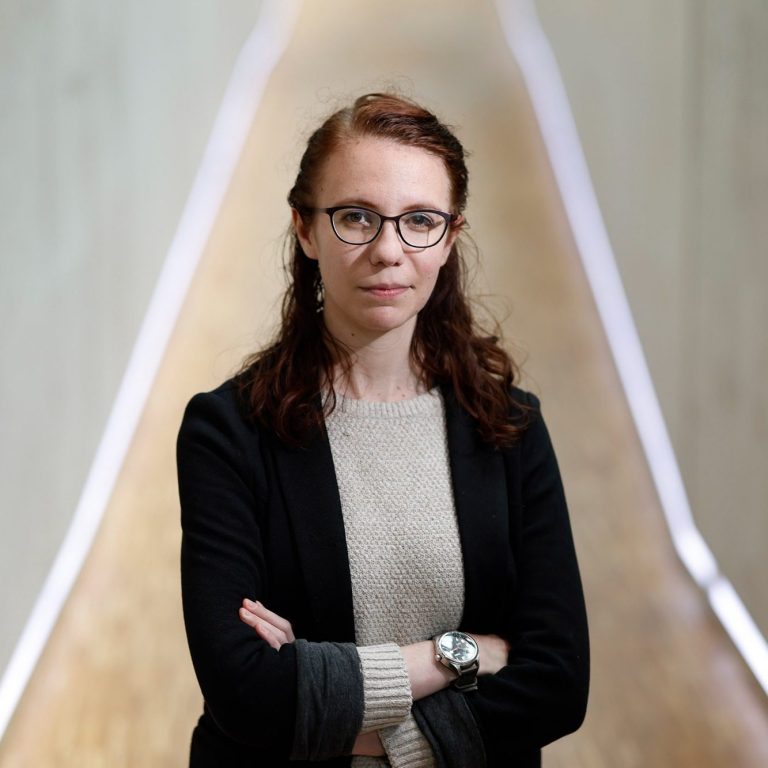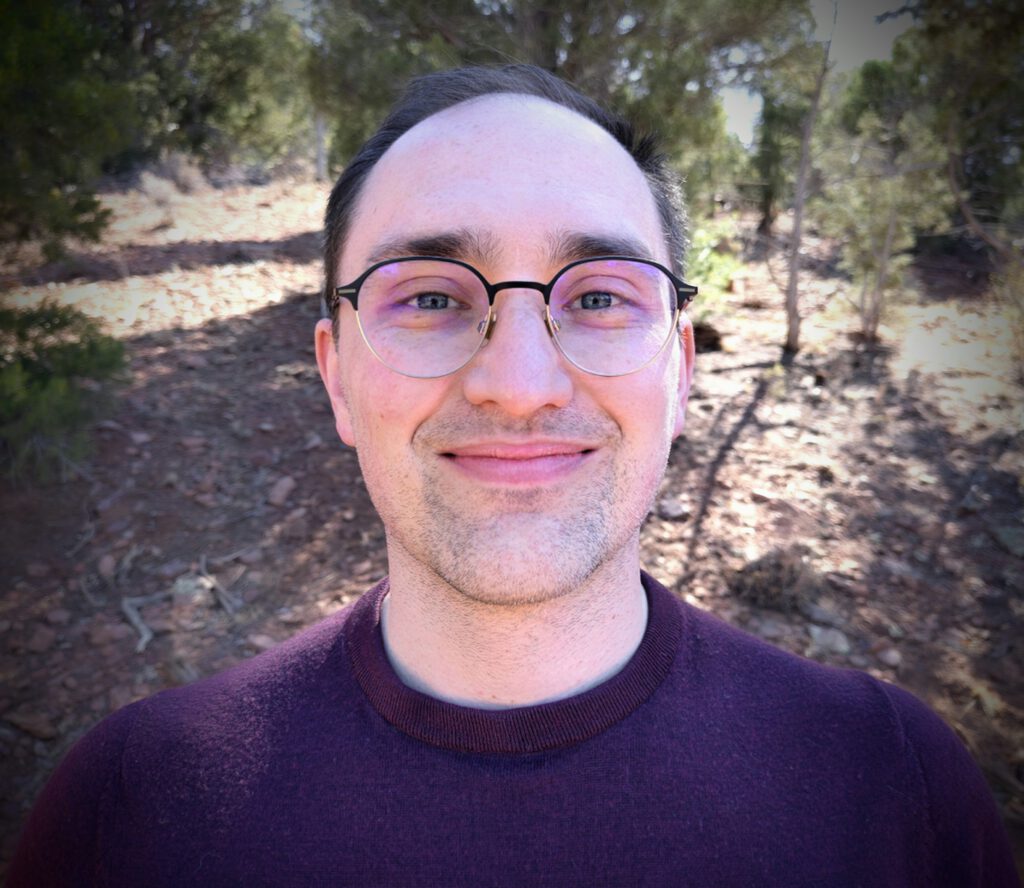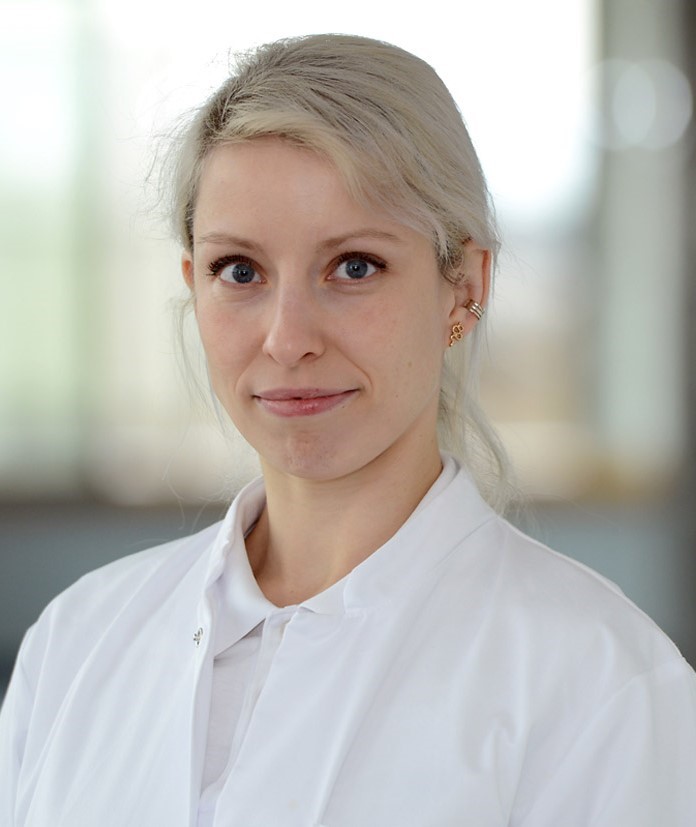Lecturer: Marianna Bolognesi
Fields: CogSci, NLP, Linguistics
Content
This course explores how language shapes our capacity to think and communicate about concepts that extend beyond the concrete and immediate, from everyday generalisations to complex scientific ideas. It examines how these abilities are mirrored, tested, and expanded by artificial systems such as large language models.
Participants will discuss how abstract meaning is created, shared, and adapted in human interaction, and how machines approach similar tasks in ways that can be both powerful and limited. Drawing on examples of data gathered from people and generated by language models, we will reflect on how human intuitions and artificial output can be compared and used together to reveal new insights about meaning-making.
Based on themes and research findings from the ERC project ABSTRACTION ( ERC-2021-STG-101039777), this course invites students and researchers to consider how language connects minds, data, and technologies within increasingly blended digital realities.
Literature
Basic introductory literature:
- Reilly, J., Shain, C., Borghesani, V. et al. What we mean when we say semantic: Toward a multidisciplinary semantic glossary. Psychonomic Bulletin & Review (2024). https://doi.org/10.3758/s13423-024-02556-7
- Barsalou Lawrence W. (2003). Abstraction in perceptual symbol systemsPhil. Trans. R. Soc. Lond. B 358 1177–1187
- Bolognesi, M., Burgers, C., & Caselli, T. (2020). On abstraction: decoupling conceptual concreteness and categorical specificity. Cognitive processing, 21(3), 365–381. https://doi.org/10.1007/s10339-020-00965-9
- Burgoon, E. M., Henderson, M. D., & Markman, A. B. (2013). There are many ways to see the forest for the trees: A tour guide for abstraction. Perspectives on Psychological Science, 8(5), 501–520. https://doi.org/10.1177/1745691613497964
- Ilievski, F., Hammer, B., van Harmelen, F., Paassen, B., Saralajew, S., Schmid, U., Biehl, M., Bolognesi, M., Dong, X. L., Gashteovski, K., Hitzler, P., Marra, G., Minervini, P., Mundt, M., Ngomo, A.-C. N., Oltramari, A., Pasi, G., Saribatur, Z. G., Serafini, L., … Villmann, T. (2024). Aligning Generalisation Between Humans and Machines. arXiv. https://doi.org/10.48550/arXiv.2411.15626
Research findings by the ABSTRACTION research group, which will be discussed during the course: - Ravelli, A. A., & Bolognesi, M. (2024). Yet another approximation of human semantic judgments using LLMs… but with quantized local models on novel data. Italian Journal of Computational Linguistics, 10(2), 146. https://doi.org/10.17454/IJCOL102.04
- Puccetti, G., Collacciani, C., Ravelli, A.A., Esuli, A., Bolognesi, M. (2025). ABRICOT – ABstRactness and Inclusiveness in COntexT: A CALAMITA Challenge. Proceedings of the 10th Italian Conference on Computational Linguistics (CLiC-it 2024). pages: 1161-1167. https://aclanthology.org/2024.clicit-1.128/
- Mazzuca, C., Villani, C., Lamarra, T., Bolognesi, M., Borghi, AM (2025). Abstractness impacts conversational dynamics. Cognition (258), 106084. https://doi.org/10.1016/j.cognition.2025.106084
- Ravelli, A.A., Bolognesi, M.M. & Caselli, T. Specificity ratings for English data. Cognitive Processing (2024). https://doi.org/10.1007/s10339-024-01239-4
- Rambelli, G., Chersoni, E., Collacciani, C., & Bolognesi M. (2024). Can Large Language Models Interpret Noun-Noun Compounds? A Linguistically-Motivated Study on Lexicalized and Novel Compounds. Proceedings of the 62nd Annual Meeting of the Association for Computational Linguistics (Volume 1: Long Papers). Pp: 11823–11835. https://aclanthology.org/2024.acl-long.637/
- Collacciani, C., Rambelli, G., & Bolognesi, M. (2024). Quantifying Generalizations: Exploring the Divide Between Human and LLMs’ Sensitivity to Quantification. Proceedings of the 62nd Annual Meeting of the Association for Computational Linguistics (Volume 1: Long Papers). Pp: 11811–11822. https://aclanthology.org/2024.acl-long.636/
- Mazzuca, C., Villani, C., Lamarra, T., Bolognesi, M. M, & Borghi, A. (2024). Abstract Sentences elicit more Uncertainty and Curiosity than Concrete Sentences. Proceedings of the Annual Meeting of the Cognitive Science Society, 46. Retrieved from https://escholarship.org/uc/item/7cj2g289
- Collacciani, C., Ravelli, A., & Bolognesi, M. (2024). Specifying Genericity through Inclusiveness and Abstractness Continuous Scales. In Proceedings of the 2024 Joint International Conference on Computational Linguistics, Language Resources and Evaluation (LREC-COLING 2024). Pp: 15126–15136. https://aclanthology.org/2024.lrec-main.1315/
- Rambelli, G. & Bolognesi, M. (2024). The Contextual Variability of English Nouns: The Impact of Categorical Specificity beyond Conceptual Concreteness. In Proceedings of the 2024 Joint International Conference on Computational Linguistics, Language Resources and Evaluation (LREC-COLING 2024). Pp: 15854–15860. https://aclanthology.org/2024.lrec-main.1377/
- Genovese, F., Bolognesi, M. M., Di Iorio, A., & Vitali, F. (2024). The advantages of gamification for collecting linguistic data: A case study using Word Ladders. Online Journal of Communication and Media Technologies, 14(2), e202426. https://doi.org/10.30935/ojcmt/14443
- Villani C, Loia A, Bolognesi MM. (2024). The semantic content of concrete, abstract, specific, and generic concepts. Language and Cognition. Published online 2024:1-28. doi:10.1017/langcog.2023.64
- Bolognesi, M.M., Collacciani, C., Ferrari, A., Genovese, F., Lamarra, T., Loia, A., Rambelli, G., Ravelli, A.A., Villani, C. (preprint). Word Ladders: A Mobile Application for Semantic Data Collection. arXiv:2404.00184 [cs.CL] https://doi.org/10.48550/arXiv.2404.00184
- Bolognesi, M.M., Caselli, T. (2023). Specificity ratings for Italian data. Behav Res 55, 3531–3548 https://doi.org/10.3758/s13428-022-01974-6
- Rambelli, G. & Bolognesi, M. (2023). Contextual Variability Depends on Categorical Specificity rather than Conceptual Concreteness: A Distributional Investigation on Italian data. Proceedings (selected papers) of IWCS 2023, Nancy, France. https://aclanthology.org/2023.iwcs-1.2
- Collacciani, C., & Rambelli, G. (2023). Interpretation of Generalization in Masked Language Models: An Investigation Straddling Quantifiers and Generics. In Proceedings of the 9th Italian Conference on Computational Linguistics – CLiC-it 2023. https://ceur-ws.org/Vol-3596/paper17.pdf
Lecturer

Marianna Bolognesi is a linguist specializing in cognitive and distributional semantics at the Department of Modern Languages, Literatures and Cultures at the University of Bologna. She was a Marie S. Curie Research Fellow at the University of Amsterdam and a research associate at the University of Oxford before joining UniBo as a tenure-track researcher. In 2022 she was awarded an ERC grant for the project ABSTRACTION, which investigates how abstraction operates in thought, language, and creativity, both in humans and in artificial intelligence. She is also vice-PI and work unit coordinator of the national PRIN 2022 project WEMB, which explores how vector representations of word meaning relate to human mental representations. Her research combines psycholinguistic experiments and computational modelling in a cross-disciplinary perspective.
Affiliation: University of Bologna, Italy
Homepage: https://www.unibo.it/sitoweb/m.bolognesi/en










